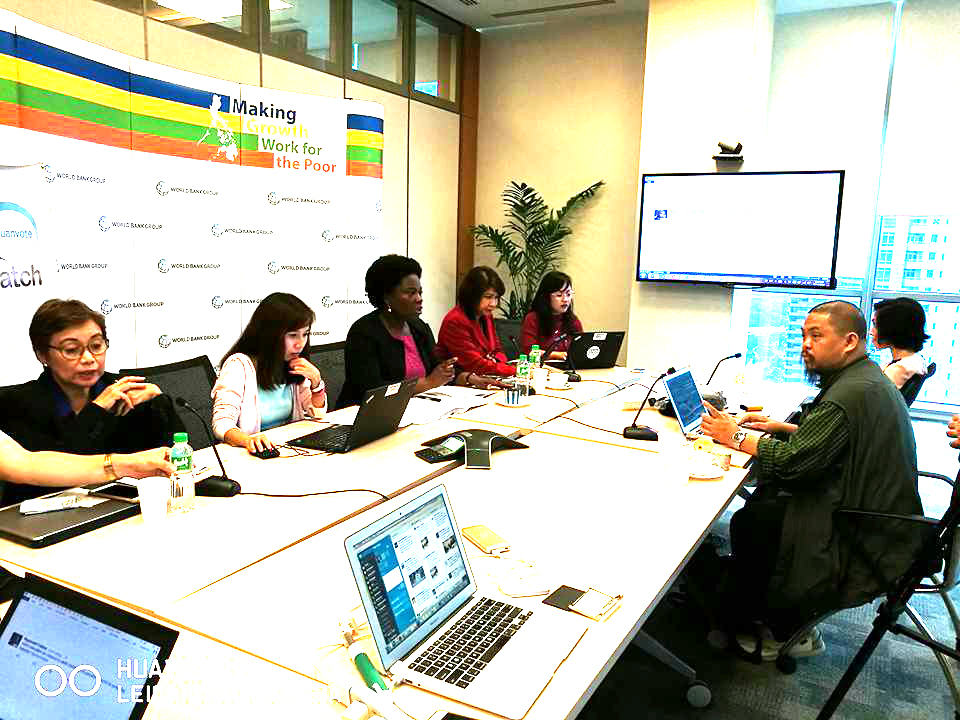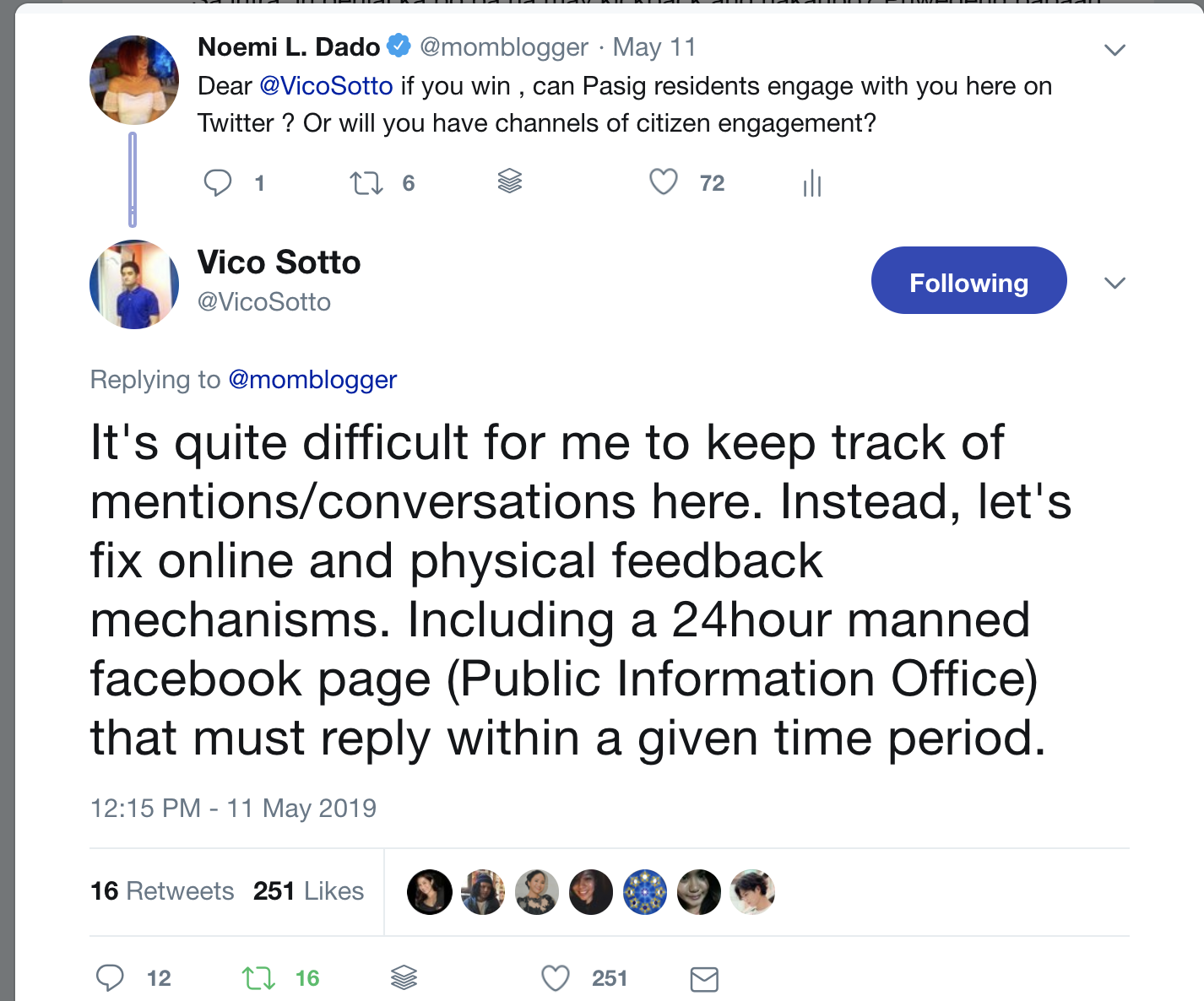But what is the Digital Divide?
It is with great sadness to announce the passing of our friend and colleague Juned Sonido. He was a co-founder and Editorial Board Member of BlogWatch. Paying tribute to Juned is remembering his legacy to Philippine social media. You can read his past articles here.

Paying tribute to Juned Sonido, a friend, blogger and colleague is going down memory lane in Philippine blogging. Marck Ronald Rimorin’s poignant piece about Juned reminded me of how I started off in the blogosphere. “We were bloggers back then: things were different from this whole trope of influencers and content creators, where society and politics and everything else in between found first draft in that fellowship. It was from this close-knit circle that a man emerged as a sage, a philosopher, a pamphleteer. More than that, a builder of communities and a bridge for friendships.”
I am comforted knowing that Juned would be forever alive in my heart and in my memories. As a social media practitioner, there is one legacy that Juned left behind which I would continue to pursue. This is the Digital Divide. He often reminded me of the Digital Divide whenever I give talks about social media. Given the game-changing effects of the Internet and digital technology, we still live in an unequal world. The most glaring is the Digital Divide. But what is the Digital Divide?
On BlogWatch.tv, Juned explains that the Digital Divide are “a set of divisions in humanity or more specifically in a country based on the use or lack of use of the Internet and Digital Technology. These set of divisions could be grouped into three and often could be related to one another. These groupings are not clear cut and often, there are exceptions.”
The digital native and the digital immigrants
Digital natives are born in the Internet and digital technology age which has made them familiar by being exposed or immersed in digital technology and the Internet. Juned often refers to me as a digital immigrant because I was born before the age of the Internet and became an early technology adaptor.
This divide is superficial because of the learning curve, reluctance and acceptance of technology is individual and not necessarily age dependent. People assume a digital immigrant is not as tech savvy as the digital native, but this is not the usual case. I often laugh whenever he says I am an exception. One could never assume a stereotype on whether he or she is a digital immigrant or digital native.
The digital rich and the digital poor
The financial capacity of an individual affects his ability to purchase a gadget and a reliable Internet access. Smartphones are getting more affordable but a stable Internet access is still a work in progress. Internet speed and stability could be stratified further. Even if I have postpaid plan, it is not a guarantee to better Internet. I still am fortunate because others could only access the Internet by sachet or pre-paid Internet connection. The contradiction is that even those who pay more, do not get this stable connection. This is a consumer and a human right issue.
It is interesting to note that the divide between the digital rich and the digital poor brings out two more groupings of the digital divide
The digital skilled and the digital unskilled
A discrepancy in terms of digital skills occurs because of the lack of funds and opportunities. Digital skills could differ when the learning curve is steep or reluctance of the individual to learn. One gains the skills and knowledge by enrolling on online courses, self-learning and even on the job-training. People try to overcome financial challenges to become digitally skilled. More women with Internet access and a computer, work from home or own online businesses that provide services. Virtual assistant, content writer, social media/community manager, web designer and developer, graphic artist/designer, App developer, English tutor, digital marketing strategist, search engine optimization (SEO) specialist, voice talent and transcriber are just some options open to anyone. Not all are fortunate because financial capacity is a challenge by the majority.
At present the Philippines’ Internet penetration rate for 2019 is 71 percent with the same social media penetration rate. At a population size of 107.3 million, 3 out of 10 Filipinos do not have access to the Internet with nearly the same number connecting on social media.
The relevance of the Digital Divide
Juned stressed the importance of the Digital Divide.
1. Not all Filipinos are connected to the Internet.
2. No matter how promising and beneficial the Internet is, one critical factor to avail of it, is the financial means.
3. The Digital Divide is closing because of the boom and drive of technology.
4. Despite this boom, it is Juned’s opinion that there is a need to be more proactive to close the digital divide between the digitally skilled and unskilled.
5. One impact of closing of the digital divide would be a more diversified Philippine Internet community.
6. This diversification would and has led to a clash of cultures between the different groups (social, ethnic, cultural, religious, economic, political, age and orientation groups). The Philippine Internet would cease to be just our group.
Last, as netizens we should be cognizant of this cultural diversity and become adept to the consequences of the widening diversity of the Philippine Internet, without giving up on our digital rights, which is the same rights we enjoy off line.
Juned leaves behind the people who loved and cared for him, for it is in us he would live on. How? Because we, the ones touched by his wisdom, would share with the world, the parts of us he could influence. This is what a man leaves behind when he passes away. The importance of the Digital Divide is what I would share with the world.
First published at Sunday Business & IT, July 14, 2019,





